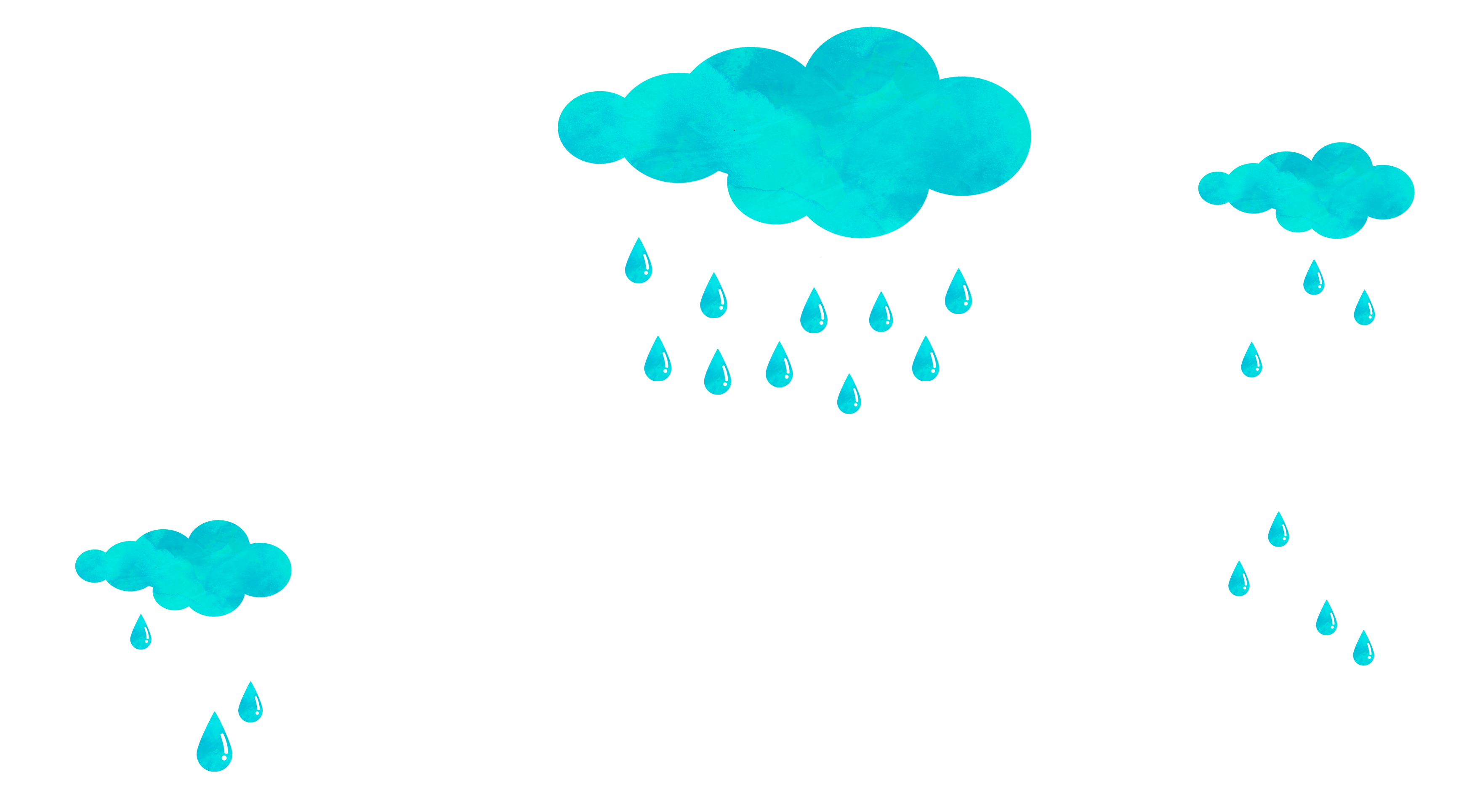Materials Required
Before you start drawing, you’ll need to gather the following materials:
- Paper
- Pencil (HB or B)
- Eraser
- Watercolor or acrylic paint
- Watercolor brushes
- Cup of water
- Paper towels
Step 1 – Sketching the Basic Shapes
To draw rain, you’ll need to sketch the basic shapes first. Start by drawing a horizon line. Then, draw a few diagonal lines to represent the rain. If you’re struggling to draw the lines, you can use a ruler or a straight edge to help you.
Step 2 – Adding Details
Once you’ve drawn the basic shapes, it’s time to add some details. Draw some more lines to represent the rain, making sure that they’re not too symmetrical. You can also add other details such as buildings, trees, or people in the background. Don’t worry too much about getting the details perfect at this stage; you can refine them later on.
Step 3 – Refining the Details
Now that you’ve added some details, it’s time to refine them. Use your pencil to add more details to the rain, such as droplets or splashes. You can also add highlights to the rain using an eraser. If you’re drawing a background, add more details to make it look more realistic.
Step 4 – Adding Color
Once you’re happy with your pencil drawing, it’s time to add color. Start by wetting your watercolor brush in the cup of water. Then, dip the brush in the paint and start adding color to your drawing. Remember to use muted colors for the rain to create a realistic effect. Don’t worry if the paint goes outside the lines; you can always clean it up with a paper towel or an eraser.
Step 5 – Adding Shading
After you’ve added color, it’s time to add shading. Use a darker color of watercolor or acrylic paint to create shadows and depth. For example, add shadows to the buildings or the trees in the background. Don’t be afraid to experiment with different shading techniques to create a more realistic effect.
Drawing Techniques
- Use a light touch when sketching the rain to avoid making too many marks.
- Draw diagonal lines in different directions to create a more realistic rain effect.
- Use watercolor or acrylic paint to create a muted, realistic effect.
- Experiment with different brush strokes to create different effects.
- Add highlights to your drawing using an eraser.
- Use shadows to create depth and dimension in your drawing.
Common Mistakes to Avoid
- Drawing the rain too symmetrical.
- Using too bright or saturated colors for the rain.
- Adding too much detail to the rain, making it look cluttered.
- Not using enough shading, making the drawing look flat.
- Using too much paint, making the drawing look messy.
FAQs
-
Q: Can I use any type of paper for rain drawing?
A: You can use any type of paper, but using watercolor paper will give you the best results.
Q: Do I need to use a ruler to draw the rain?
A: No, but using a ruler or a straight edge can help you draw the diagonal lines more accurately.
Q: Can I use colored pencils instead of paint?
A: Yes, you can use colored pencils instead of paint.
Q: How can I add reflections to the rain?
A: You can add reflections by adding a lighter color of paint or by using an eraser to create highlights.
Q: Should I start with the background or the rain?
A: It’s up to you, but it’s usually easier to start with the rain and then add the background.
Q: How long does it take to draw rain?
A: It depends on your skill level and the level of detail you want to add. On average, it can take anywhere from 30 minutes to several hours to draw rain.
Summary
Drawing rain can be challenging, but with this step-by-step guide, you can learn to capture the essence of rain in your artwork. Remember to sketch the basic shapes, add details, refine them, add color, and add shading. Use muted colors to create a realistic effect, experiment with different brush strokes, and use shadows to create depth and dimension.
Avoid common mistakes such as drawing the rain too symmetrical or using too much paint. With practice, you’ll be able to create beautiful rain drawings that capture the beauty of this natural phenomenon.






